The children of 4th class created some amazing projects on bees for our biodiversity flag. Below is just a selection of some of the amazing projects. Very creative work !!
Rang a 5 took part in the Breakout EDU digital game of “school daze”. Only one group broke out in the 30 mins. Breakout EDU brings the 4 C’s alive, critical thinking, collaboration, creativity and communication. Successful participants work together to solve clues to open the digital lock. It is not as easy as it seems as there is a digital clock counting down from 30 mins while you work.

We recently received a cutiosity box and put it to the test. The children had to follow the instructions to build a bridge using only plastic straws and tape. Some found it particularly challenging while others thought it was a piece of cake. We then tested whose bridge was the strongest and could hold most weight.


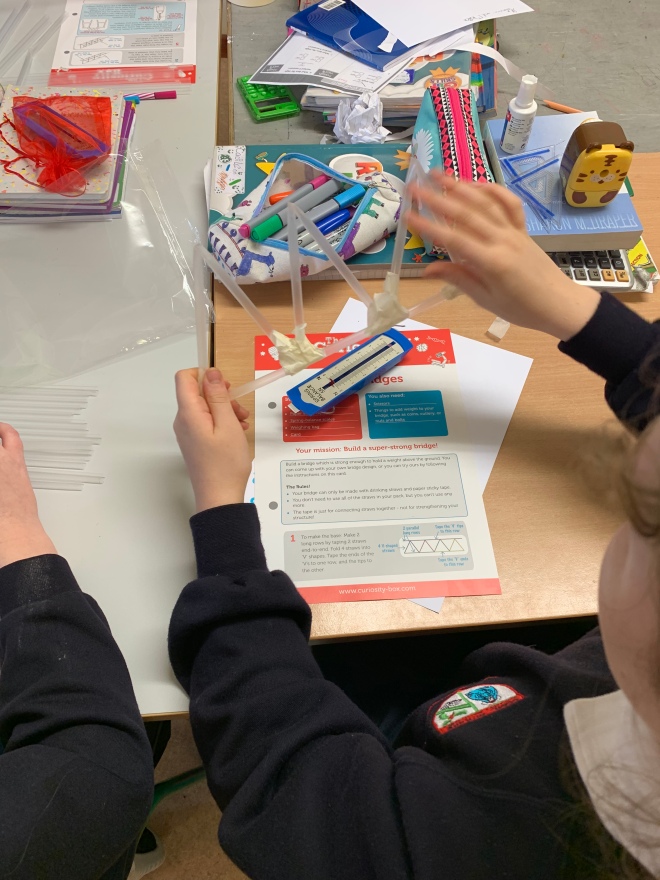
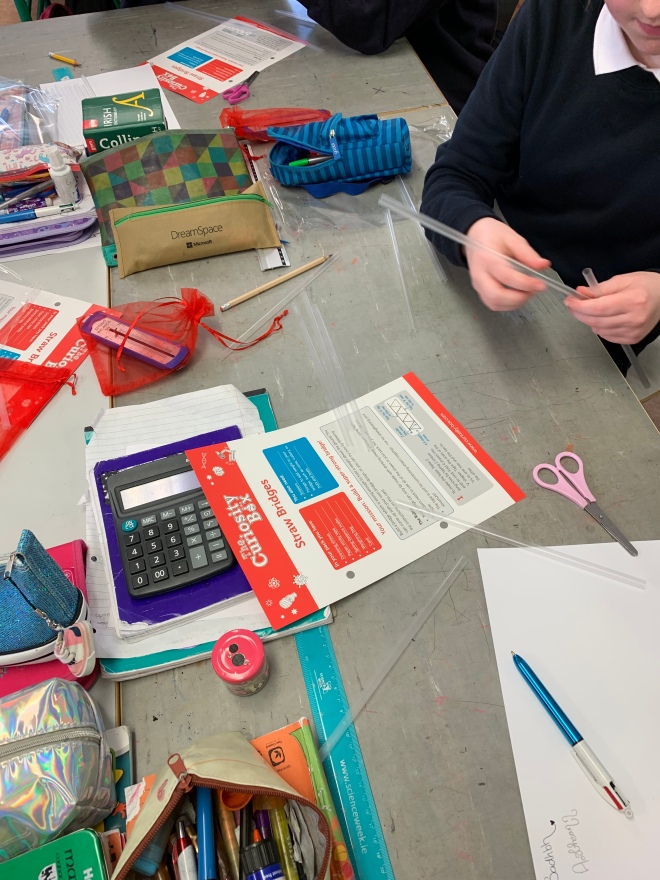
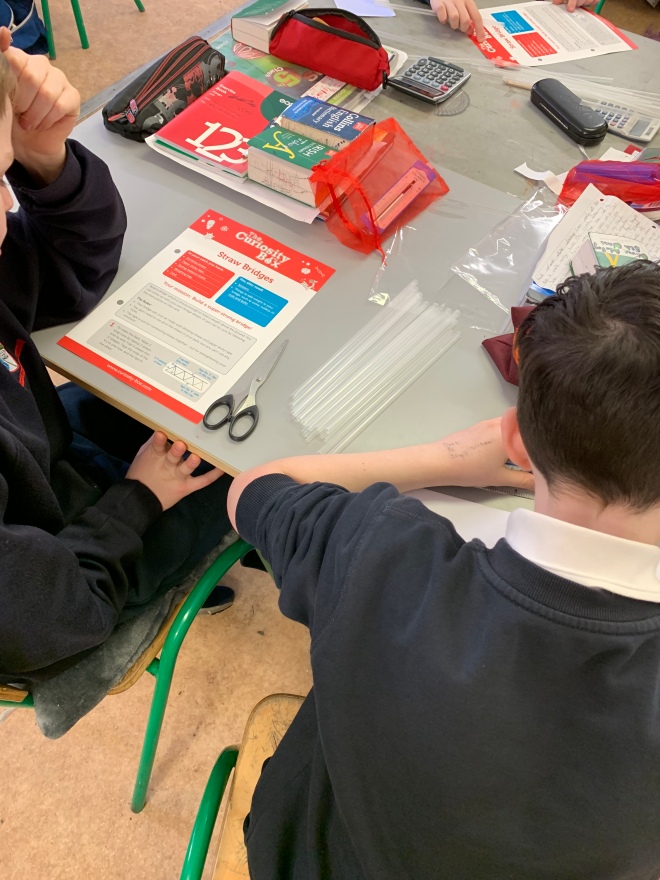
Seeing the magic behind this chemical reaction.
How it works:
Milk is made up of mostly water but it does contain vitamins, minerals, proteins and small droplets of fat. The fat and proteins are super sensitive to changes in the milk and so when the dishwashing liquid is added a chemical reaction occurs.
The soap and fat work hard to join together, which causes the movement. When food colouring is added we are able to witness this chemical reaction occurring.

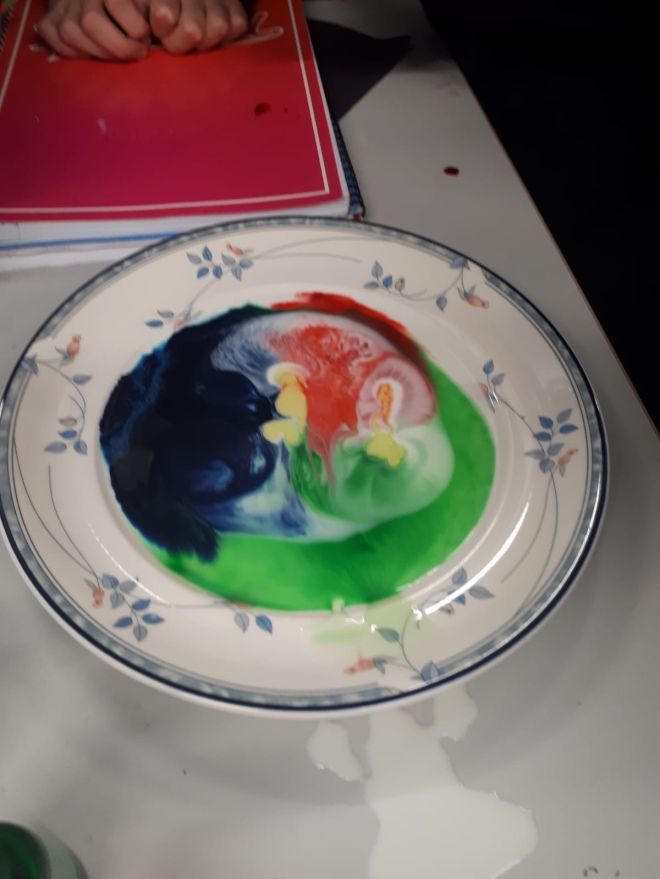
We were very lucky to have had a visit from Margaret in Dela restaurant. She spoke to a number of classes about how they grow the majority of the food that they use in their restaurant in their 100ft long polytunnel right here in our village. We planted a number of different seeds which she has kindly taken back to her polytunnel to get them started. When they are ready to plant out we will plant them in our school garden. We hope to harvest them before the end of the school term and make something delicious from it.

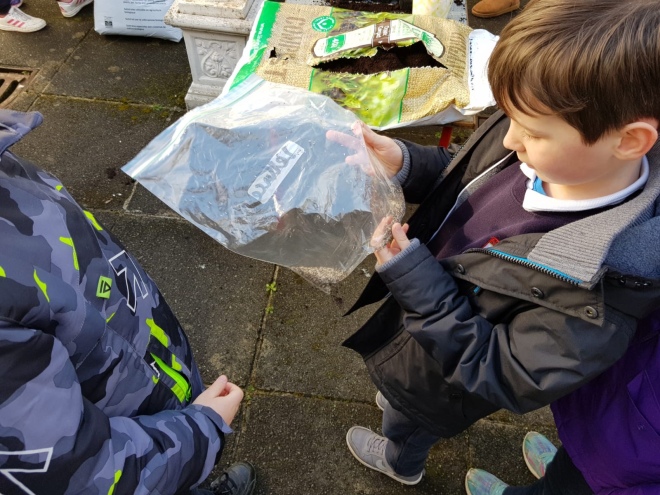
5th class made a video to explain the rules of 4 square to the younger classes.


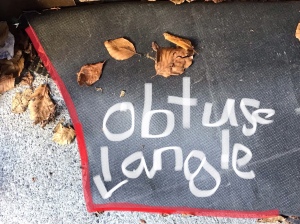



5th class used the iPads to find 2D and 3D shapes around the school. They found some great examples.

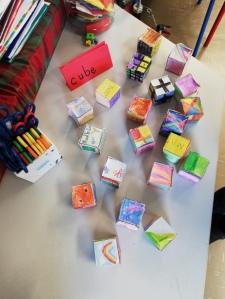
1st class have been learning all the properties of 3D shapes.
Rang a 5 have been observing the local weather using a barometer, thermometer, anemometer and rain gauge. We have also been observing the clouds and logging them on the Globe observer app.




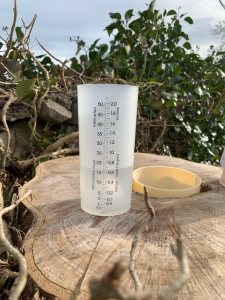
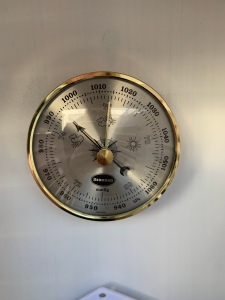
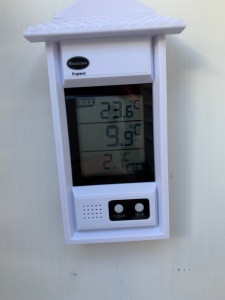





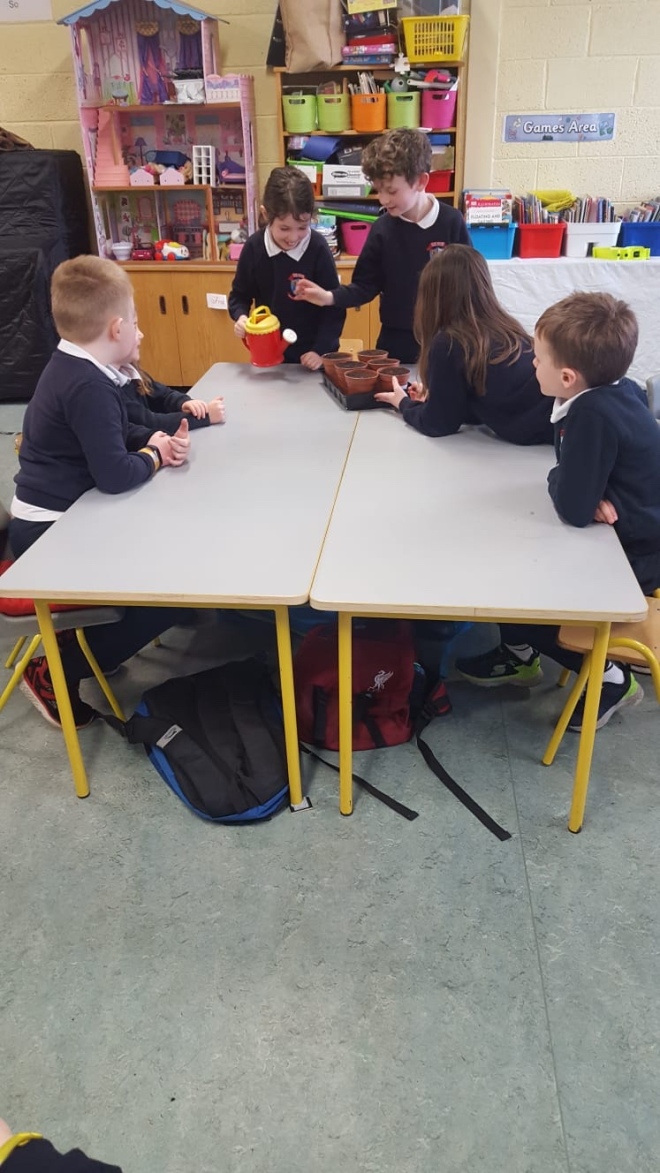
1st class learned all about what seeds need to grow into big healthy plants.


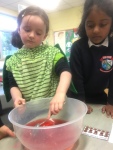
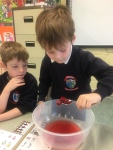
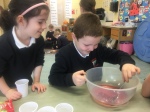

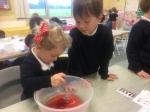
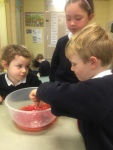

Junior infants were exploring how jelly changes from a liquid to a solid.




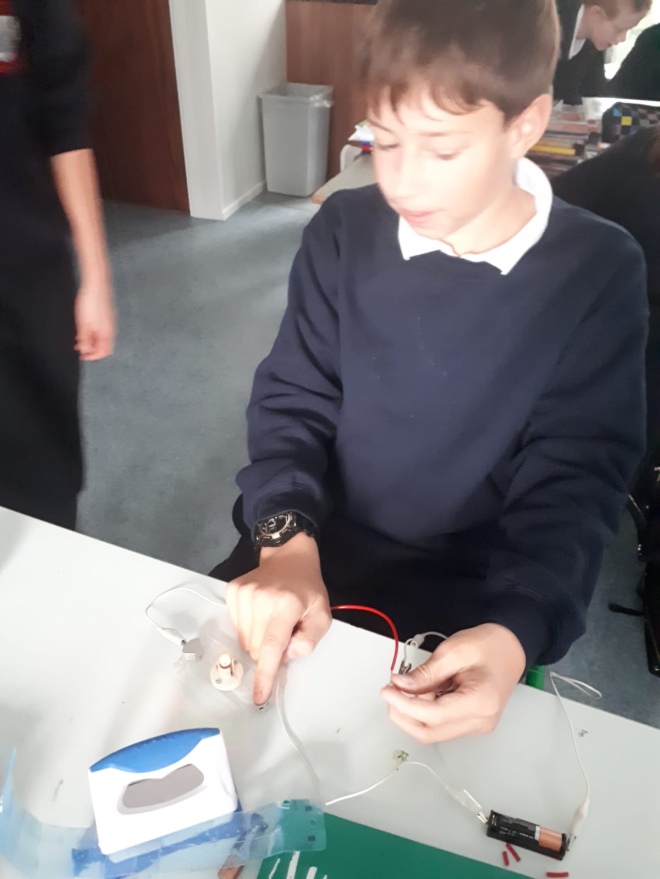


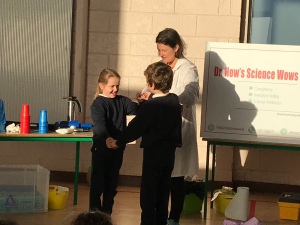
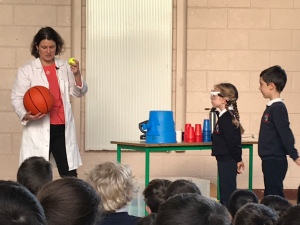
We explored many areas of the science curriculum during this fabulous workshop. The transfer of energy from one object to another, circuits, the power of air amongst many others. It was a fantastic show that the whole school enjoyed.
We took part in the roaring rockets workshop as part of the Baboró festival. We had a blast (no pun intended). We examined the energy and forces behind our own paper rockets. There were also balloon rockets and rockets powered by the air inside of an empty soda bottle.
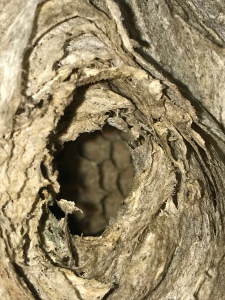
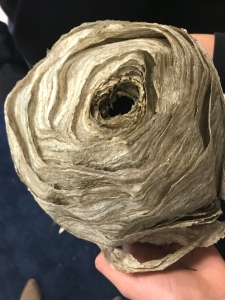
We were lucky enough to find a wasps nest (minus wasps thank goodness). We cut it open to see what shapes we could find. It is utterly amazing to see the wonders of nature. It is extremely light and the layers are almost like paper.
We cut it open and saw that they use cells similar to bees.

The children thoroughly enjoyed hour of code this year. They found some of the activities more challenging than others
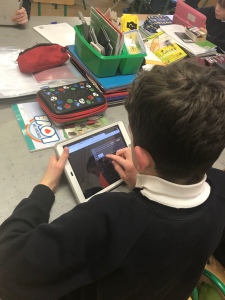

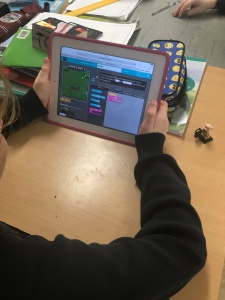


5th class used the Makey Makey to explore circuits and whether objects were good conductors of electricity or if they were good insulators.